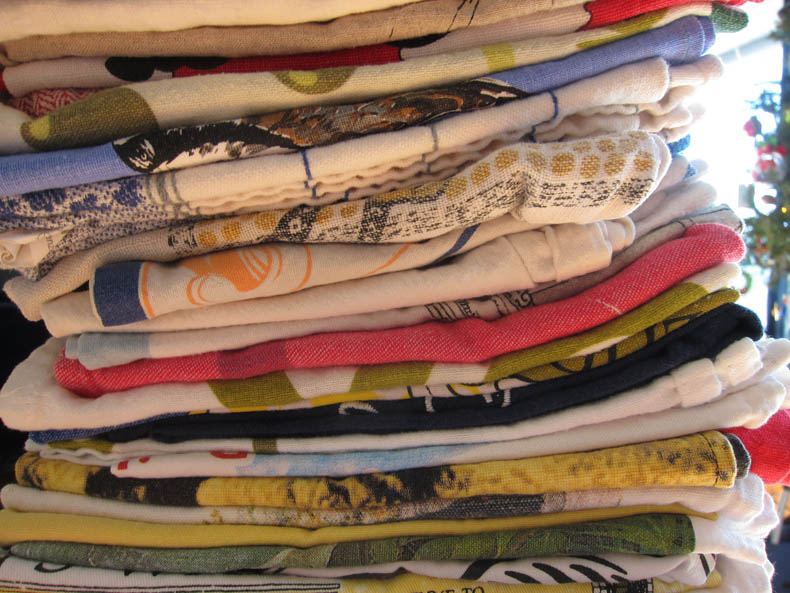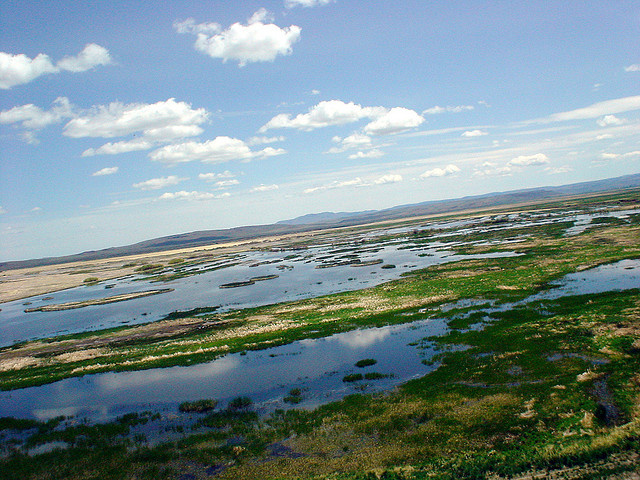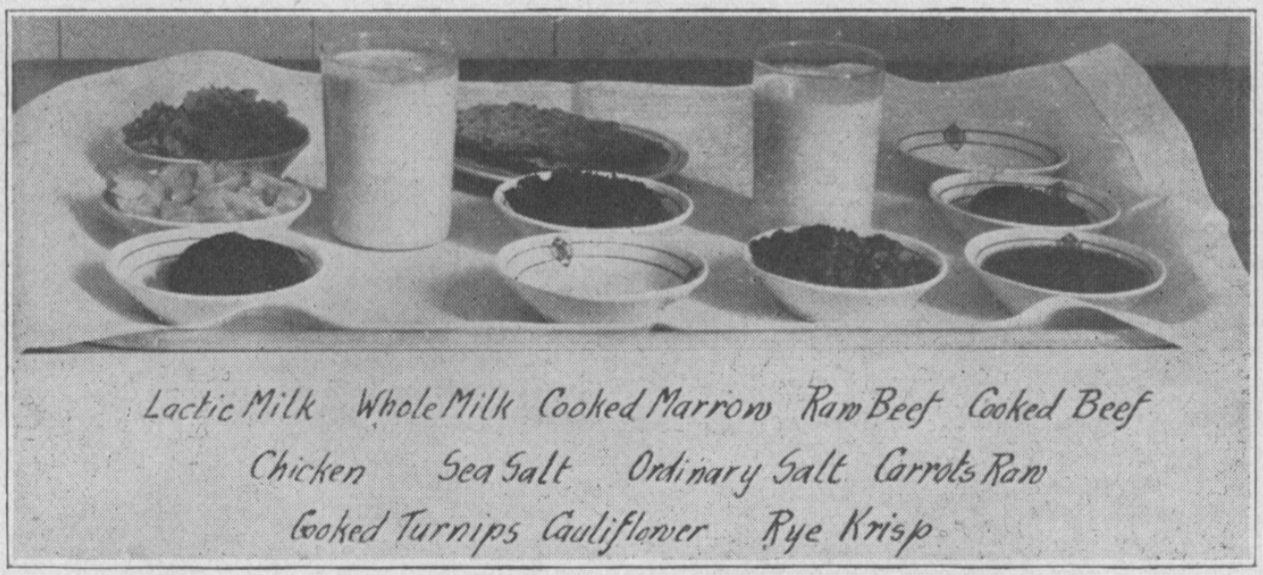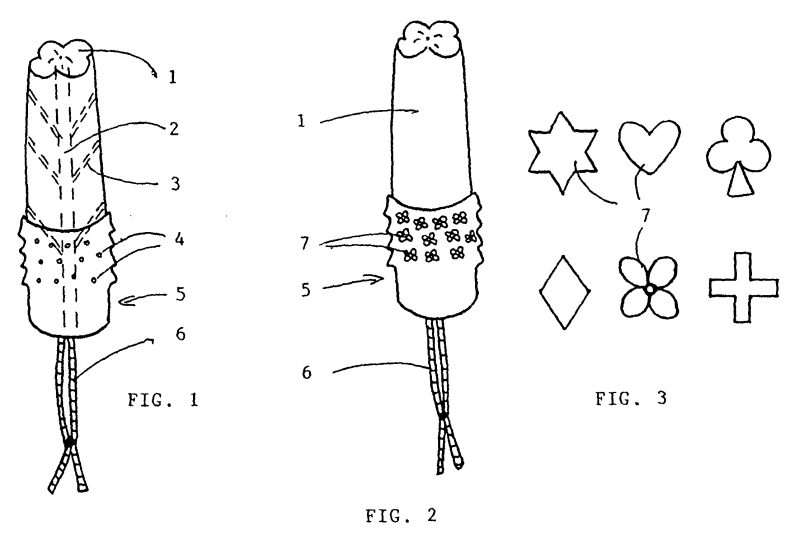
Rounding a corner in Manhattan last week, I saw a handprint spray-painted on a wall. It was my hand. I had put it there last summer, my first and only piece of graffiti. It was nothing special, no artistic flair other than my five fingers. I had gloved my hand in plastic wrap and waved spray paint over it, creating a simple stencil out of part of my body, one of the oldest forms of enduring human expression.
The wall of the building had originally been a sprawling gallery of graffiti until, against the wishes of those living inside, the city whitewashed the whole thing. I was staying with one of the residents when the white-washing occurred. She invited me to go to the wall and plant a new seed. She was hoping graffiti artists would soon return and start the process again. A print was needed to kick off the next wave.
Last week, I was glad to see that the seed had taken hold. Several new images had sprung up. Continue reading
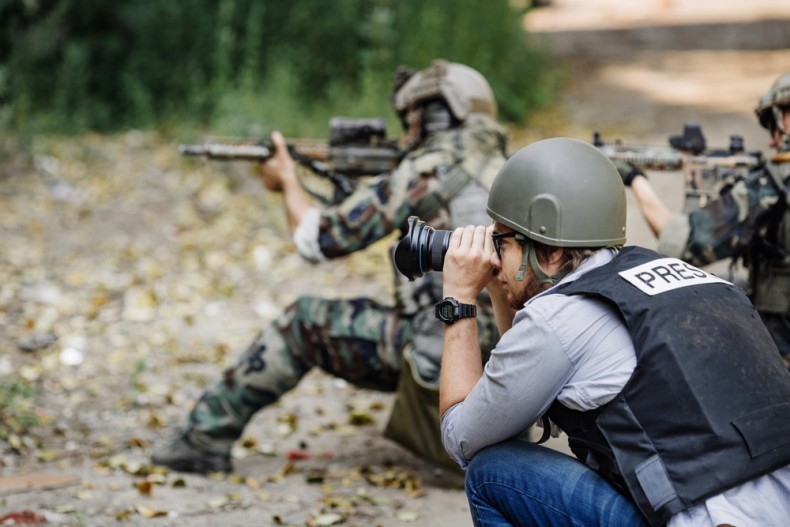
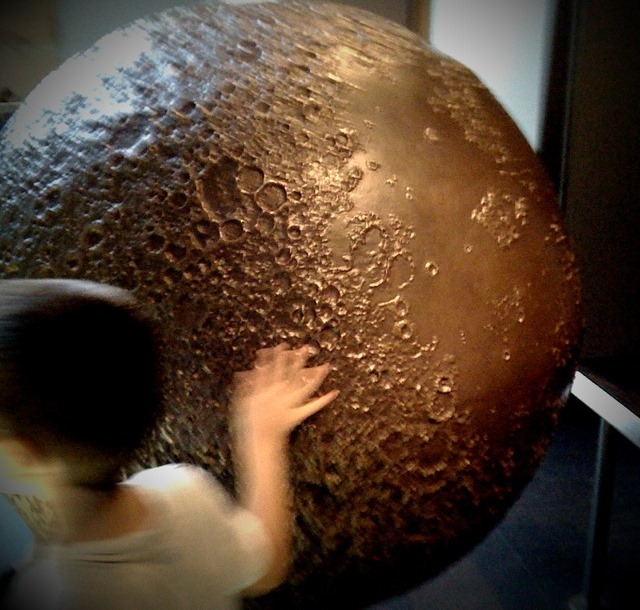
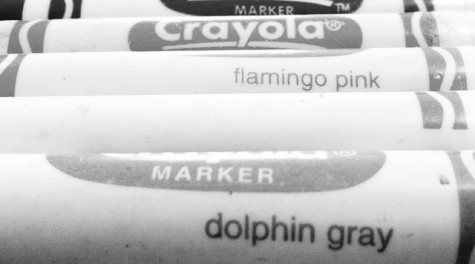 At the end of the year, the New York Times Book Review featured the Year in Poetry, covering 2015 collections by poets here and abroad, and other poetry features, including well-known people who talked about their favorite poems. The section’s Letters department always brings a range of opinions; the comments on the poetry issue followed in this vein. Some people were thrilled, others less so. But one interesting letter took issue with the cover itself, which spelled out The Year in Poetry in a series of colored dots.
At the end of the year, the New York Times Book Review featured the Year in Poetry, covering 2015 collections by poets here and abroad, and other poetry features, including well-known people who talked about their favorite poems. The section’s Letters department always brings a range of opinions; the comments on the poetry issue followed in this vein. Some people were thrilled, others less so. But one interesting letter took issue with the cover itself, which spelled out The Year in Poetry in a series of colored dots.